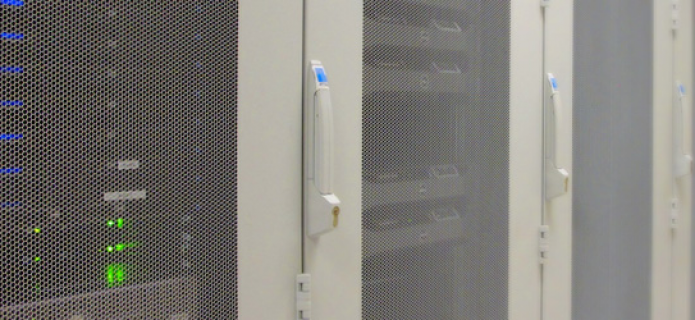Virtual Observatories: Chilean Development of Astronomical Computing for ALMA
12 April, 2013 / Read time: 3 minutes
The massive amounts of data generated by astronomical observatories located in Chile have created new development opportunities to meet the need for analytical tools, and underscore the need for innovation in new fields such as astronomical data management, astronomical engineering and astronomical computing.
One important contribution of astronomical computing, particularly in relation to the ALMA observatory, is the project entitled, "Development of an astronomical computing platform for large-scale data management and intelligent analysis." This project is being lead by Mauricio Solar of the Computer Engineering Department at the Universidad Técnica Federico Santa María (UTFSM). The project will cost around a million dollars and will last for 28 months.
"This development is a key step toward the creation of an ALMA regional center in Chile," said Jorge Ibsen, Head of the ALMA Computing Department, "because it creates the computer tools and skills needed for this purpose."
Lars Nyman, Head of Science Operations at ALMA, added that "this project is very important for astronomy and for ALMA, because it will enable us to have quality information, which is essential to our work. In addition, it involves Chile in the development of first-class scientific research."
Once the Atacama Large Millimiter/submillimeter Array (ALMA) is functioning at full capacity, it will generate more than 750 GB of data each day (on the order of 250 TB/year). Chilean astronomers will need to be able to connect at a high data transmission speed, archive data that requires massive storage capacity, and analyze these data. The ultimate goal of the project is to implement a virtual observatory, that is an open platform for virtual access to the large number of observations made by ALMA.
The project is not only focused on data storage, but also on processing data intelligently to generate quality information that is useful to astronomers and the community in general. How can algorithms be assigned to classify unusual or unknown things that are discovered in ALMA observations? How can algorithms be assigned to monitor mobile sources, such as asteroids and comets, or to follow the movements of the stars themselves? These are some of the examples of the challenges faced today, and there is also a need to prepare for the future needs of astronomical projects.
This project involves a country-wide innovation effort, since generally astronomical data are processed outside Chile, and the hope is that it will enable this task to be undertaken also in Chile using local human capital. The project was created by students and professors at UTFSM as part of a FONDEF project, together with ALMA and REUNA, and will also benefit Universidad de Chile, Universidad Católica de Chile, Universidad de Concepción and Universidad de Santiago.
Contact:
Valeria Foncea
Education and Public Outreach Officer,
Joint ALMA Observatory
Santiago, Chile
Tel: +56 2 2467 6258
Cell: +56 9 7587 1963
Email: [email protected]
